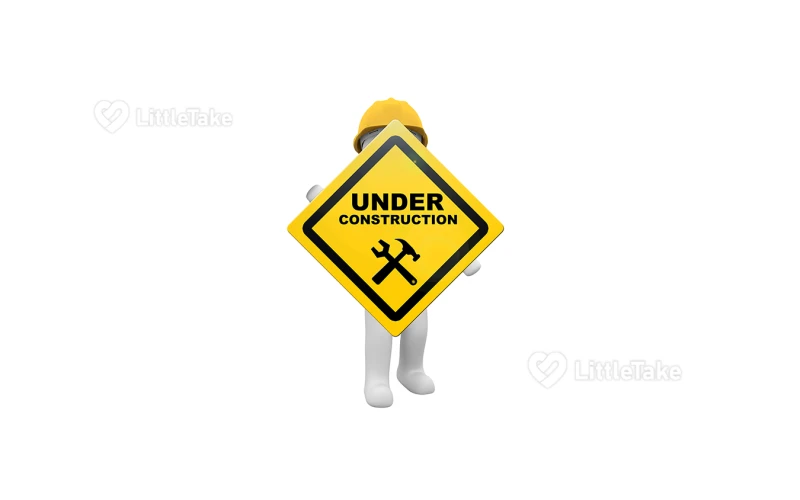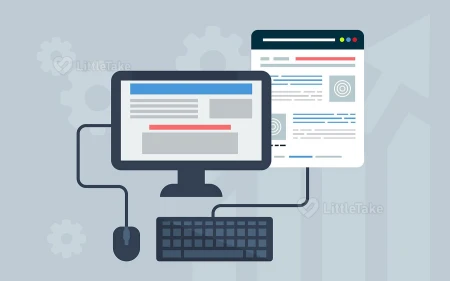
Your website is often the first impression that potential customers have of your business, so it's essential to keep it up-to-date and running smoothly. Website maintenance involves regularly checking your website for errors, updating your content, and ensuring that your website is secure and optimized for search engines. In this guide, we'll cover the essential components of website maintenance, from updating your content to backing up your website data.
Updating Your Content:
One of the most critical components of website maintenance is regularly updating your content. This includes adding new pages, updating your blog, and refreshing your images and videos. By keeping your content fresh and engaging, you can improve your website's ranking in search engine results pages and attract more traffic and customers to your website.
Checking for Errors:
Regularly checking your website for errors is essential for ensuring that your website runs smoothly. This includes checking for broken links, 404 errors, and missing images. By identifying and fixing errors, you can improve the user experience and prevent potential customers from leaving your website.
Backing Up Your Website Data:
Backing up your website data is essential for ensuring that you don't lose your website's content and data in the event of a website crash or hack. This includes backing up your website's files, database, and plugins. By regularly backing up your website data, you can restore your website quickly in the event of a problem.
Updating Your Website Software:
Regularly updating your website software, including your content management system (CMS) and plugins, is essential for ensuring that your website runs smoothly and is secure. Outdated software can leave your website vulnerable to hacks and security breaches, so it's important to keep your software up-to-date.
Monitoring Your Website's Performance:
Monitoring your website's performance is essential for identifying potential issues and optimizing your website for speed and user experience. This includes tracking your website's traffic, load times, and bounce rates. By monitoring your website's performance, you can identify areas for improvement and make necessary changes to improve your website's performance.
Conclusion:
Website maintenance is an ongoing process that involves regularly updating your content, checking for errors, backing up your website data, updating your website software, and monitoring your website's performance. By following best practices and regularly maintaining your website, you can ensure that your website runs smoothly, is secure, and attracts more traffic.

















